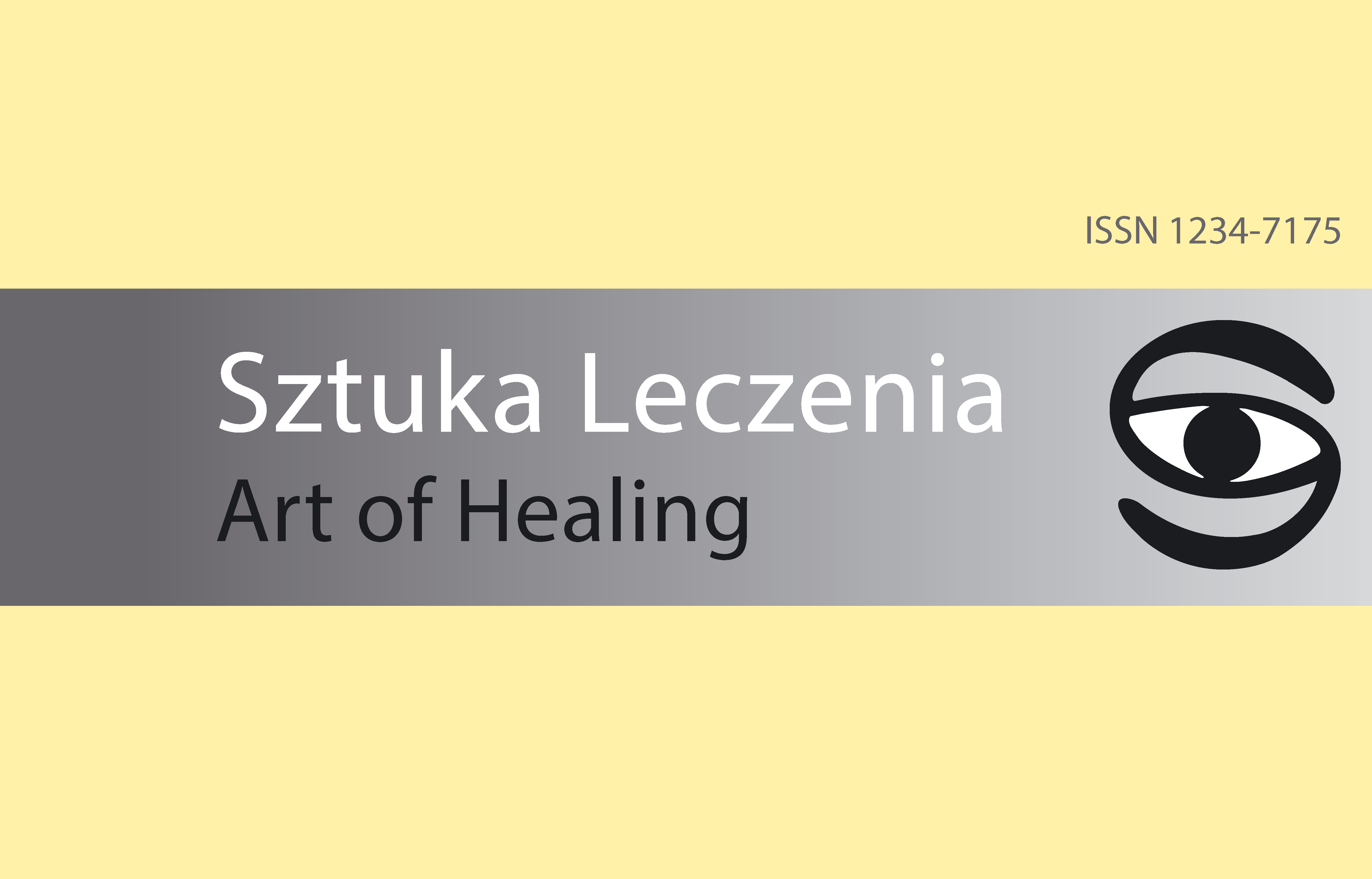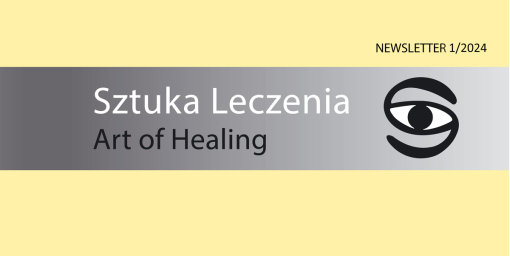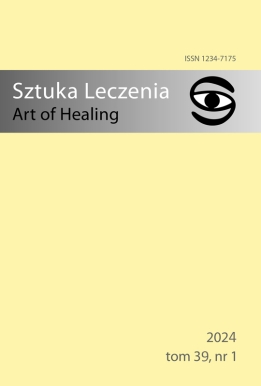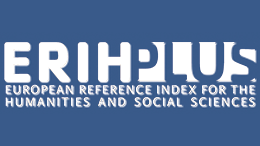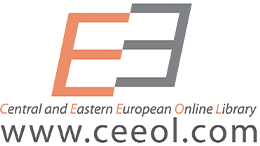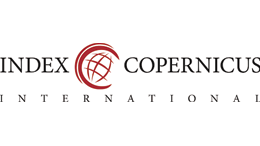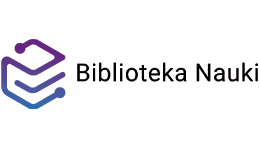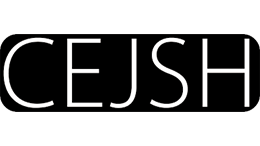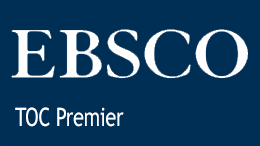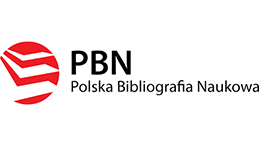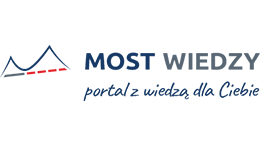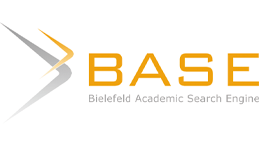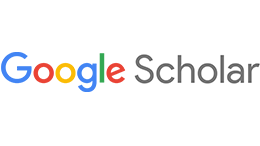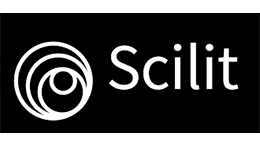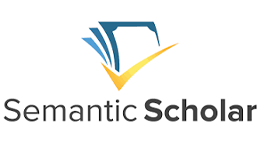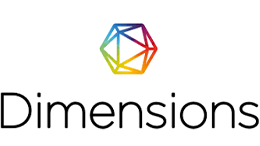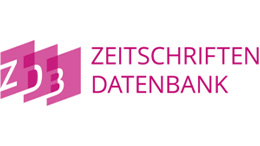Introduction. The causes of malignant neoplasms occurring in both children and adolescents remain unknown, but epidemiological and genetic studies have partially elucidated the origin of these tumors. Brain tumors are most common in children under 5 years of age. Mostly adolescents aged 10-14 years develop lymphomas and bone tumors.
Objective. The aim of the article is to discuss the incidence of selected neoplastic diseases in children and adolescents from the Silesian Voivodeship in 2010-2019. The article includes: lymphocytic leukemia (C 91), myeloid leukemia (C 92), cancer of the brain and central nervous system (D 43) and non-Hodgkin's lymphoma (C82-85).
Materials and methdos. In March 2022, data on the incidence (absolute numbers) of selected neoplastic diseases among children and adolescents from 0 to 19 years of age (divided into age groups: under 1, 1 to 4, 5 to 14 and 15 to 19) life) from the Silesian Voivodeship.Then, appropriate tables illustrating the incidence of the diseases in question were drawn up.
Results. In the age group between 5 and 14 years of age, the incidence of lymphocytic leukemia increased between 2010 and 2013 and amounted to 30 in 2010 and 39 in 2013, respectively. tumors of the brain and central nervous system in 2011, in the years 2012-2014 the incidence was 7 cases per year, and from 2015 to 2019 the nature of the incidence increased and amounted to 8 in 2015 and 19 in 2019, respectively.
Conclusions.One of the reasons adversely affecting the diagnostic and therapeutic process is the rarity of these diseases in the pediatric population, which makes it difficult for GPs to acquire their own professional experience in a short time. The second diagnostic difficulty is the different histological structure of tumors in children and adolescents.
